Tickseed flowers, scientifically known as “Coreopsis,” are cheerful and vibrant perennials that bring a splash of sunshine to gardens with their bright and abundant blooms. These charming flowers are known for their daisy-like appearance, and they come in a variety of colors, adding a burst of color to borders, beds, and containers. In this article, we’ll explore the captivating features, care, and ways to incorporate Tickseed flowers into your garden, creating a joyful and colorful outdoor space.
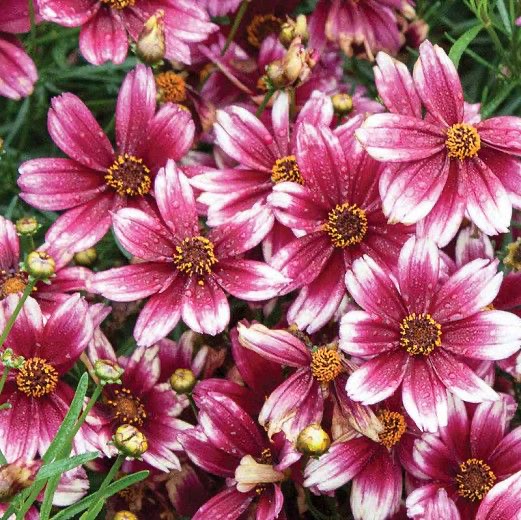
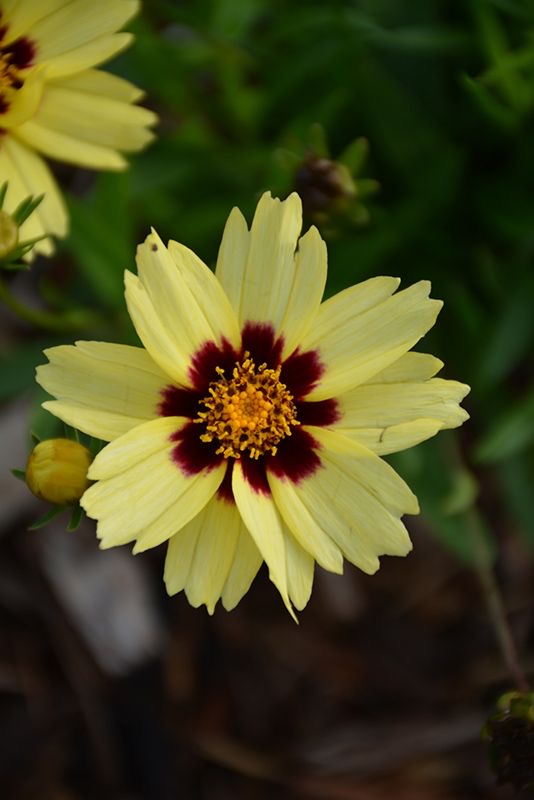
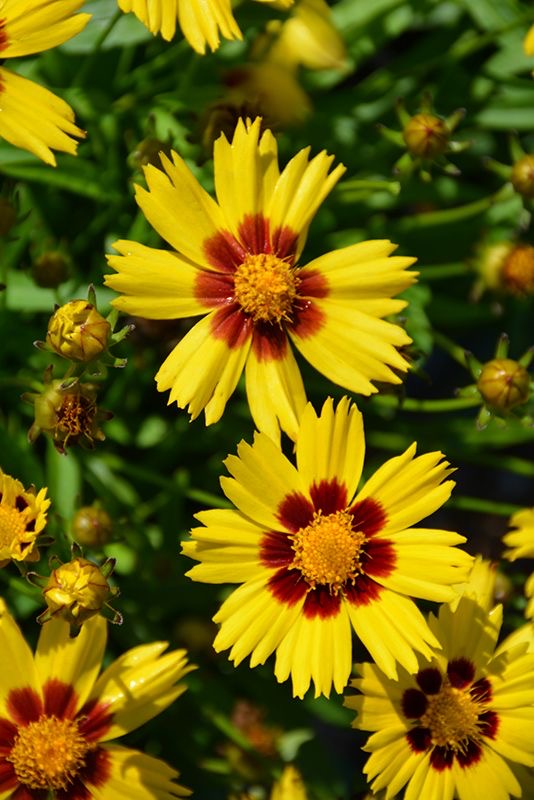
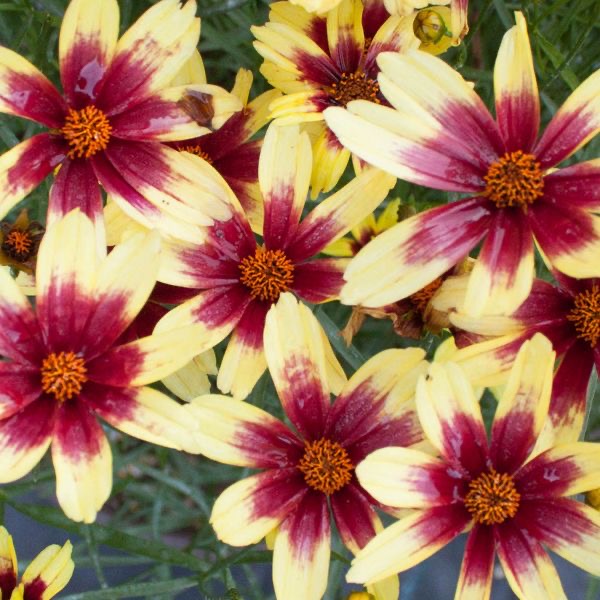
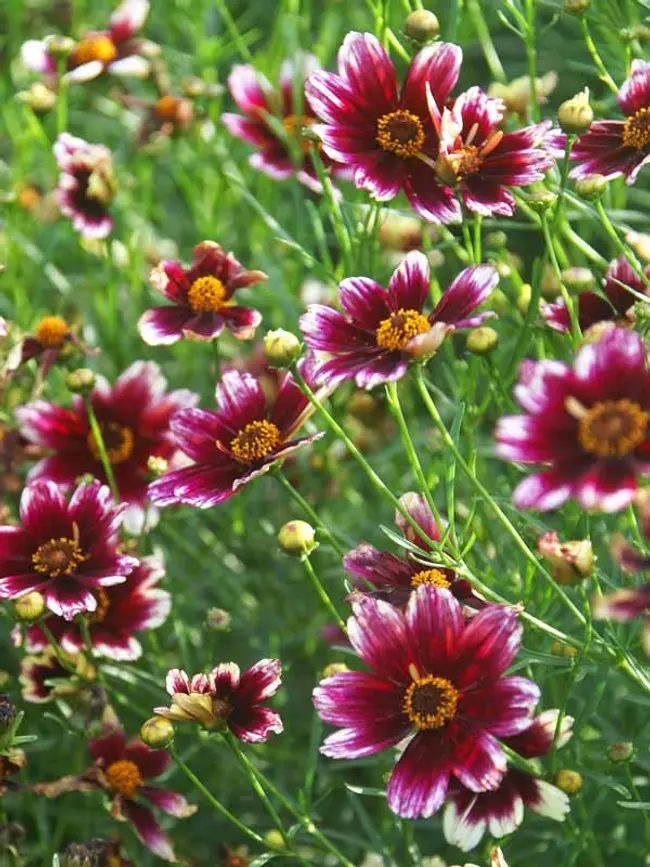
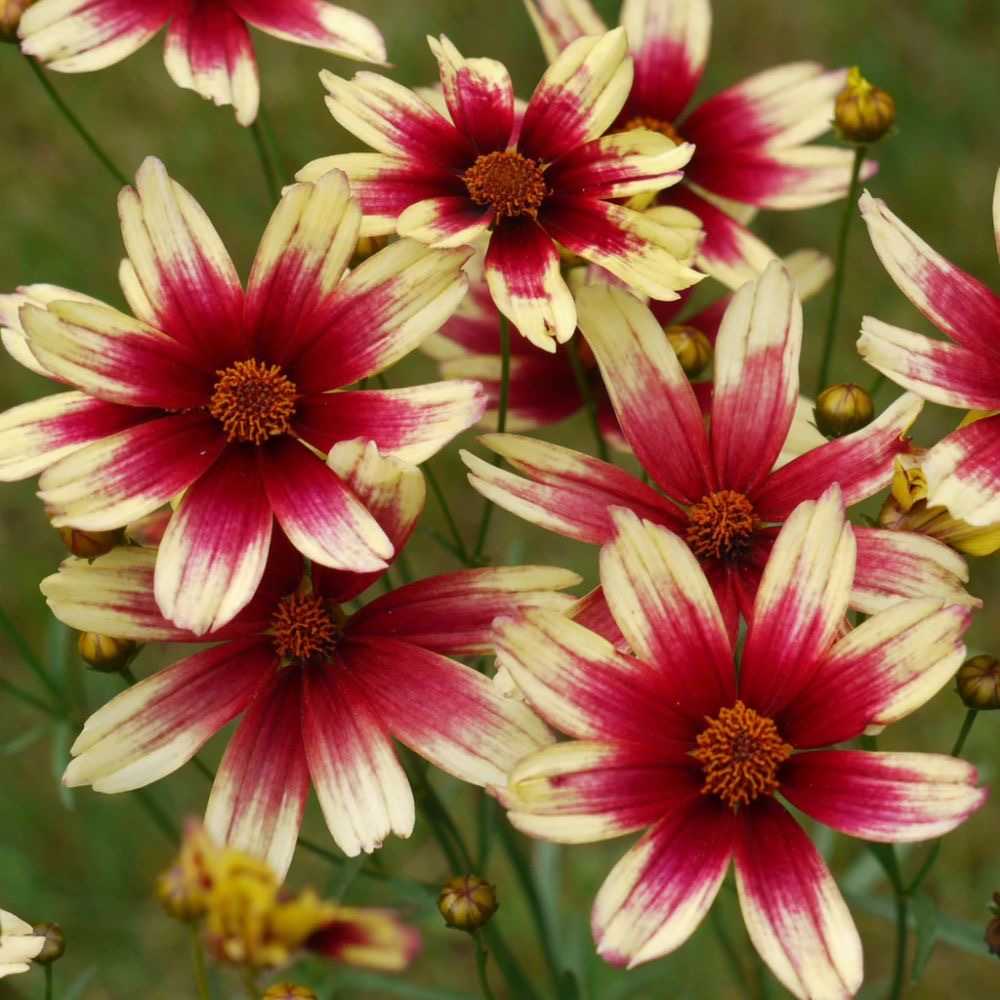
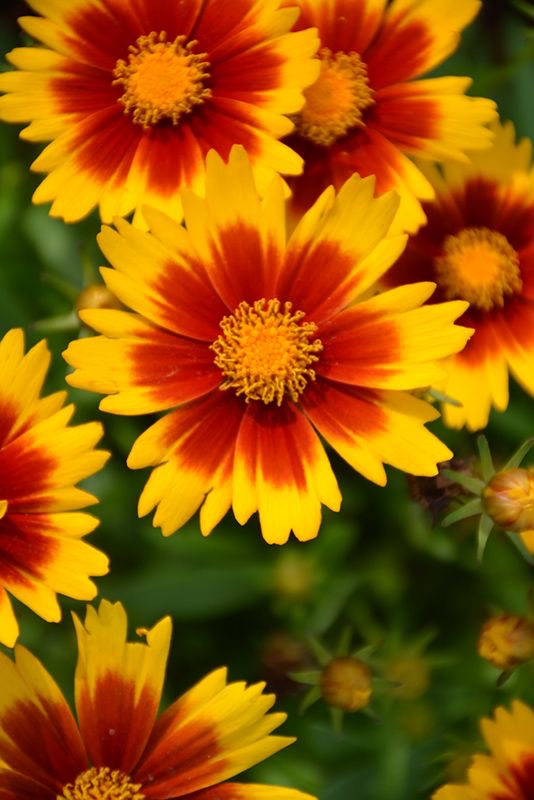
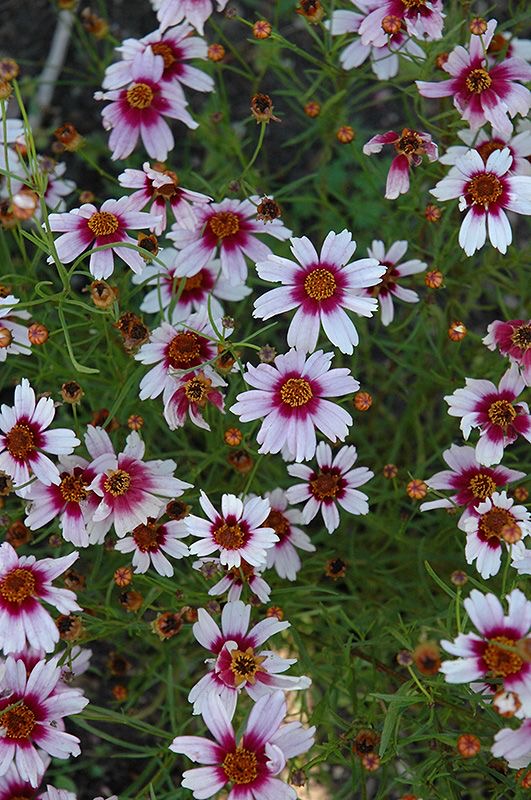
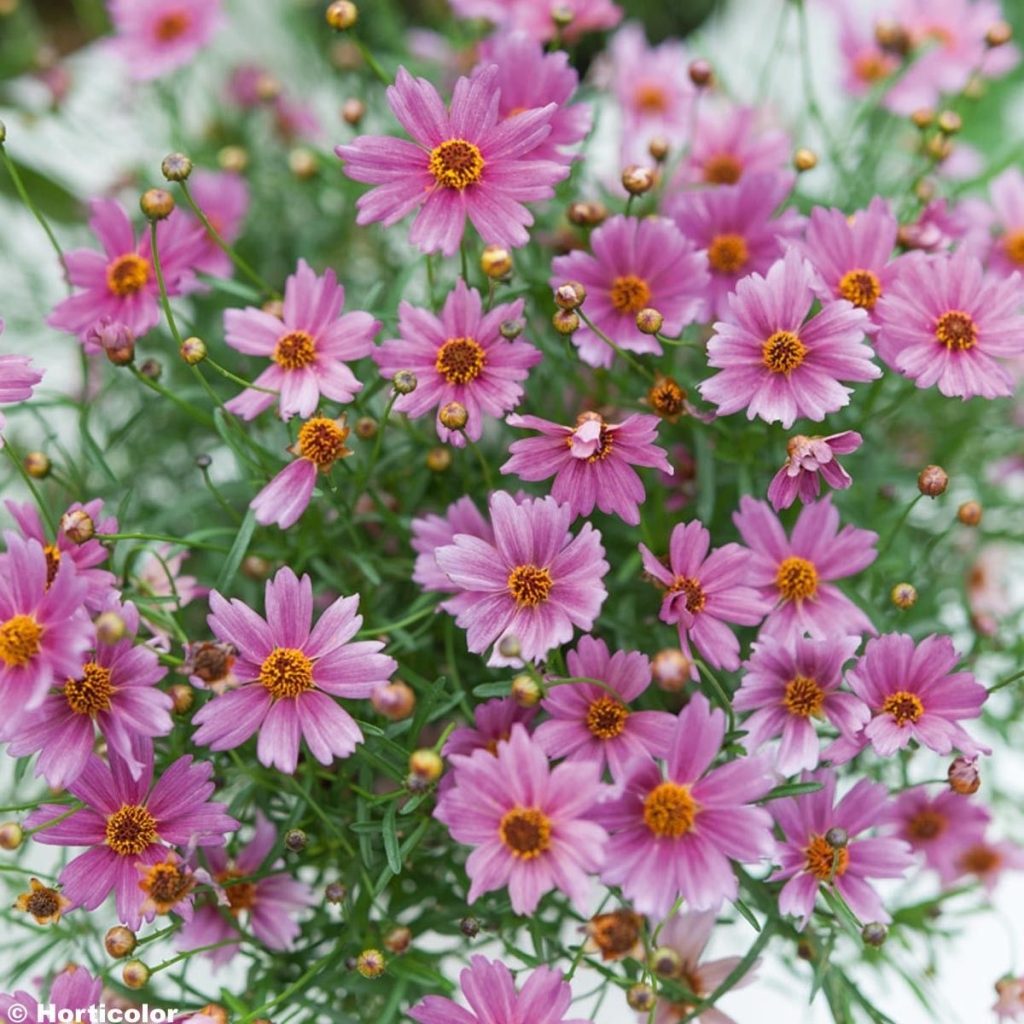
The Captivating Features of Tickseed Flowers
Tickseed flowers are celebrated for their captivating features that make them a beloved addition to gardens:
- Daisy-Like Blooms: Tickseed flowers produce single or double daisy-like blossoms with vibrant, petal-like rays and contrasting centers in shades of yellow, orange, red, pink, or white.
- Abundant Blooming: These perennials have a long blooming period, often from late spring through summer and sometimes into fall, providing a profusion of color.
- Attracting Pollinators: Tickseed flowers are a favorite among pollinators, particularly bees and butterflies, making them an excellent choice for those looking to support local pollinator populations.
- Low Maintenance: They are relatively low-maintenance plants, making them suitable for both novice and experienced gardeners.
- Variety of Sizes: Tickseed flowers come in various sizes, from compact varieties suitable for borders and containers to taller types that work well as cut flowers.
Caring for Your Tickseed Flowers
To ensure your Tickseed flowers thrive and continue to dazzle with their vibrant blooms, follow these care guidelines:
- Location: Plant Tickseed flowers in a sunny spot that receives at least 6 hours of direct sunlight daily. They appreciate full sun but can tolerate partial shade.
- Soil: Ensure well-drained soil with good organic content. These plants prefer soil that isn’t overly wet.
- Watering: Keep the soil consistently moist but not waterlogged during the growing season. Water at the base of the plant to prevent fungal issues.
- Fertilizing: Apply a balanced, slow-release fertilizer in spring to promote healthy growth and flowering.
- Deadheading: Remove spent flowers regularly to encourage continuous blooming and prevent self-seeding.
- Cut Back: Trim back the foliage after the first flush of flowers to promote a second round of blooming.
Incorporating Tickseed Flowers into Your Garden
Here are creative ways to incorporate Tickseed flowers into your garden:
- Mixed Borders: Plant Tickseed flowers in mixed borders, where their cheerful blooms can complement other perennials and shrubs.
- Wildflower Meadows: Create a wildflower meadow or area in your garden with a mix of Tickseed flowers and other native wildflowers to support pollinators.
- Cut Flower Gardens: Grow Tickseed flowers in dedicated cutting gardens to enjoy their vibrant blooms in floral arrangements.
- Containers: Use compact varieties of Tickseed flowers in containers on your patio or balcony to add color and attract pollinators.
- Native Gardens: Incorporate native species of Tickseed flowers into native plant gardens to promote biodiversity and support local wildlife.
Tickseed flowers not only bring a burst of color and joy to gardens but also serve as vital sources of nectar and pollen for pollinators. Whether you’re creating a pollinator paradise, adding a pop of color to your borders, or simply appreciating the beauty of their daisy-like blossoms, Tickseed flowers are a delightful choice.
Plant Tickseed flowers in your garden, and let their captivating presence remind you of the vibrant and lively spirit of nature.